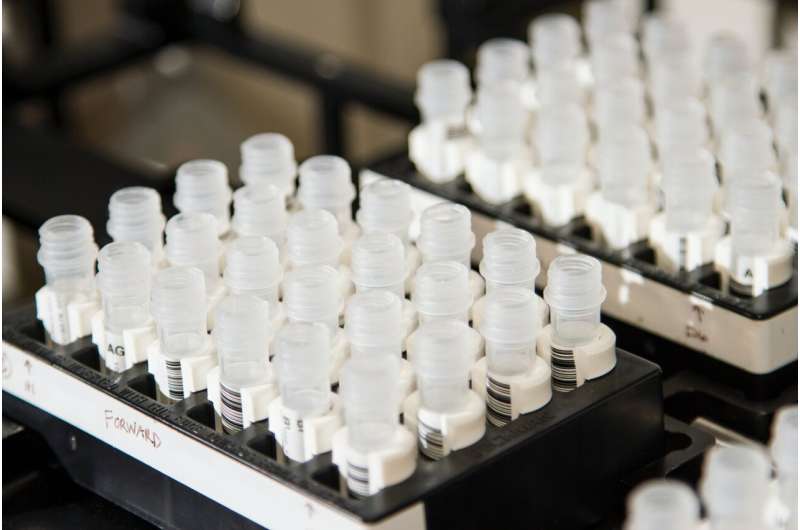Using Electronic Medical Records to Increase Fertility Preservation for Young Cancer Patients

Implementing a simple alert in electronic health records significantly increases fertility preservation referrals among young adult cancer patients, ensuring critical conversations happen before treatment begins.
A recent study presented at the American Society of Clinical Oncology (ASCO) Annual Meeting highlights how integrating a straightforward alert system into electronic health records (EHR) can significantly improve fertility preservation efforts among young adult cancer patients. As cancer diagnoses rise in individuals aged 18 to 49, these patients face unique challenges, notably the impact of treatment on their ability to have children in the future. The innovative intervention aims to ensure that healthcare providers discuss fertility risks and options more consistently before starting cancer treatments.
Lead researcher Dr. Christopher Cann from Fox Chase Cancer Center emphasized the importance of addressing fertility as a quality-of-life issue. He noted that although a large proportion of young cancer survivors—up to 75%—are concerned about their future reproductive capabilities, only a small fraction receive adequate information about fertility risks and preservation methods, such as sperm banking or egg cryopreservation.
To bridge this gap, Fox Chase implemented a Best Practice Advisory (BPA) within their EMR system in July 2024. Whenever providers prescribed chemotherapy or immunotherapy for eligible patients, they received an alert asking whether they wished to refer the patient to the oncofertility team. This team, comprising specially trained nurses and social workers, contacted patients within two days to discuss fertility preservation options, costs, and scheduling appointments at nearby clinics.
The results were remarkable: within just six months, referrals to fertility preservation services increased by 450%, compared to the previous 12-year baseline. During this period, 14 patients successfully underwent fertility preservation procedures, a substantial rise from just 22 patients over five years prior to the intervention. Dr. Cann highlighted that incorporating this alert into routine workflow effectively reduced one of the main barriers—time constraints faced by clinicians during busy outpatient visits—thus ensuring critical fertility discussions are not overlooked.
The findings suggest that this intervention is scalable and can be adopted by other healthcare institutions aiming to enhance fertility preservation counseling. The researchers believe that every reproductive-age patient should be informed about their options before treatment begins, improving their overall quality of life post-cancer care.
The study titled "Increase in Oncofertility Referrals and Fertility Preservation Through an Electronic Medical Record (EMR) Best Practice Advisory (BPA)" is available as an online publication from the 2025 ASCO Annual Meeting.
Stay Updated with Mia's Feed
Get the latest health & wellness insights delivered straight to your inbox.
Related Articles
Young Women Show Reduced Craving for Cannabis After Alcohol Intake
Research shows that young women experience less craving for cannabis after drinking alcohol, highlighting sex differences in substance co-use and implications for tailored treatments.
Innovative Wearable Device Revolutionizes Heart and Lung Monitoring
A revolutionary wearable device utilizing ultrasound technology offers continuous, real-time imaging of the heart and lungs, transforming patient monitoring and diagnosis in healthcare settings.



